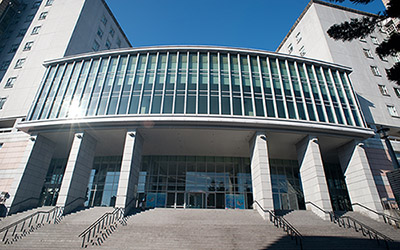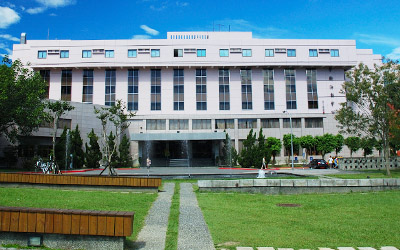Transportation
Venue
Venue 1: Humanities and Social Sciences Building (HSS) 中央研究院 人文社會科學館(人文館)
Venue 2: Activity Center (AC) 中央研究院 學術活動中心
Accommodation
🏨 Nearby Hotels for Joint2025
- Please kindly reserve a room on your own.
- The Academic Activities Center tends to fill up quickly. If it is fully booked, please consider other nearby accommodations.
- The following four hotels (excluding the Activity Center) will have complimentary shuttle bus service arranged by ISSAS. One shuttle will depart every morning at 7:50 AM, taking participants directly to the conference venue.
📍 For detailed pickup location instructions, please refer to
📍 Shuttle Pickup Location Guide
Dec. 17 – 20 Hotel Arrival: 7:40 AM
🚐 Place – Forward Line
Note: The shuttle will only stop at The Place (Royal Hotel). Guests staying at Forward Hotel Taipei Nangang are kindly asked to walk about 5 minutes to The Place entrance for pickup.
🚐 Courtyard – Green World Line
Courtyard by Marriott Taipei
Depart at 7:50 AM
5 mins
Green World Hotel
Depart at 8:05 AM
15 mins
Academia Sinica
Nearby Hotels
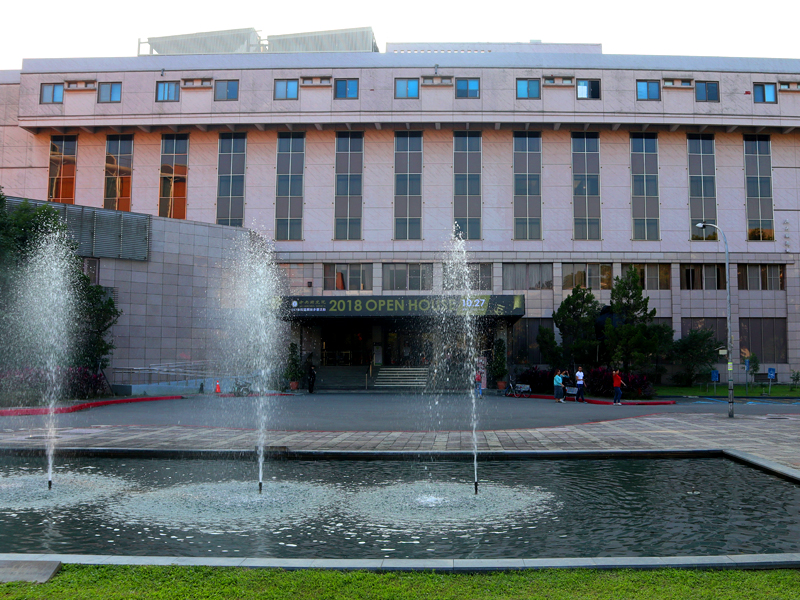
Academic Activities Center 學術活動中心
Google Map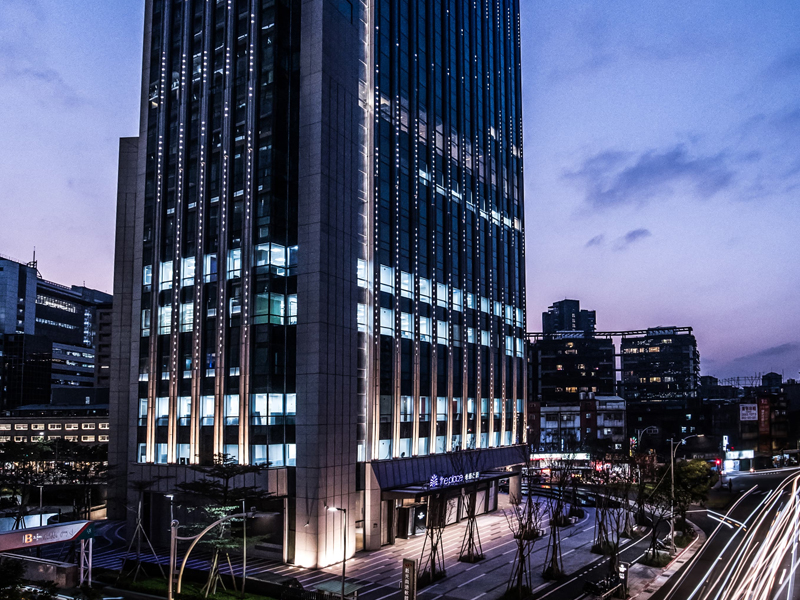
The Place 南港老爺行旅
Google Map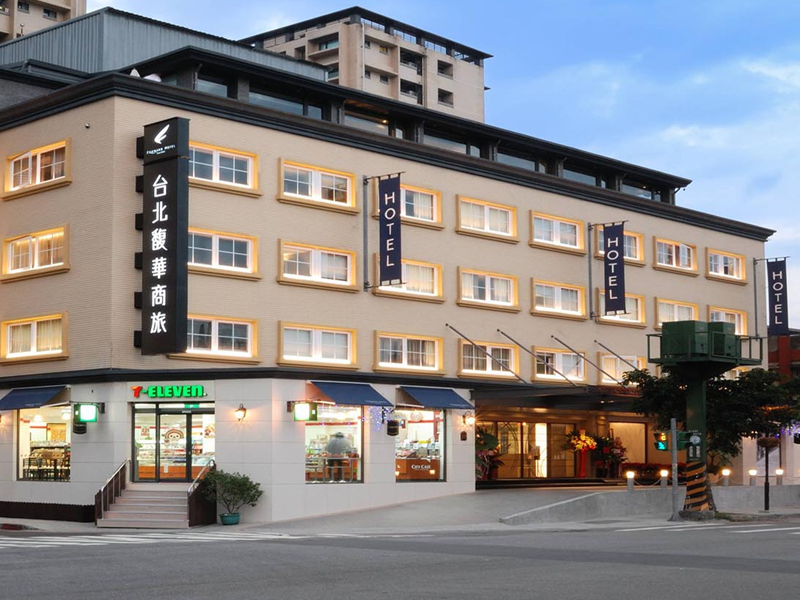
Forward Hotel Taipei 馥華商旅南港館
Google Map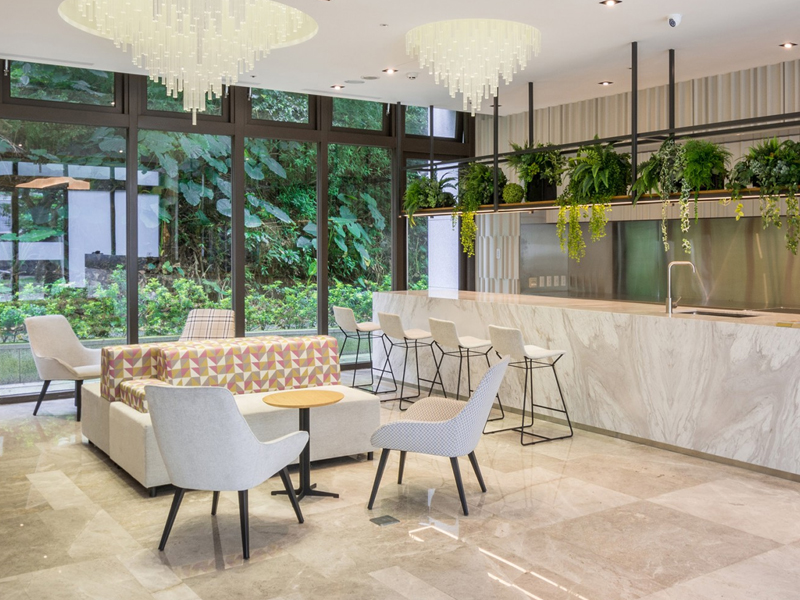
Green World Hotel 洛碁飯店南港館
Google Map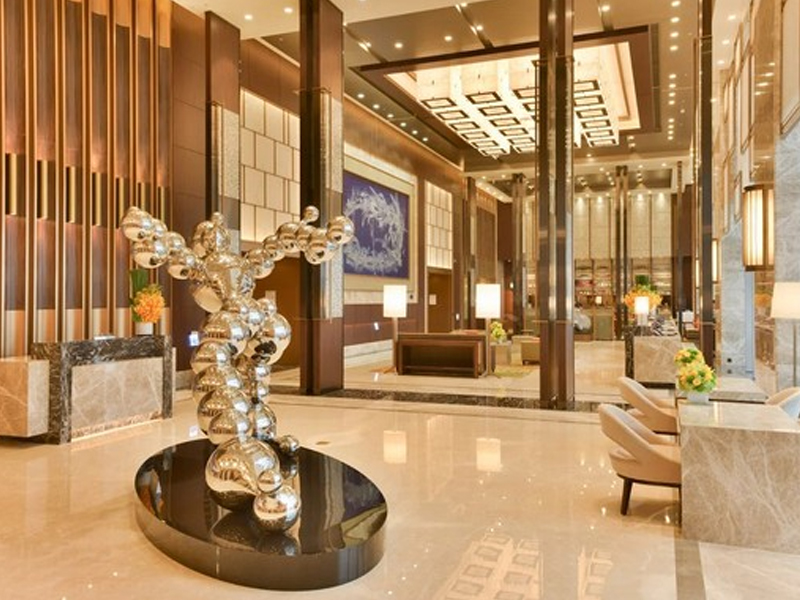
Courtyard by Marriott Taipei 六福萬怡酒店
Google MapTour on December 19
(Attendees are required to wear their conference badge when boarding the bus and throughout the tour.)
🎃 December 19 (Friday) · Half-day Cultural Walk & Night-Market Feast
-
14:45–15:00
Meet at Academia Sinica · Departure
-
15:30–17:30
Songshan Cultural & Creative Park — a transformed 1939 tobacco factory turned design & arts hub with industrial-heritage buildings, exhibitions, design shops, an ecological pond, and the Baroque Garden.
-
17:50–19:30
Raohe Night Market — pepper buns, herbal pork rib soup, oyster vermicelli, “ice-hot” sweet rice-ball, plus craft stalls and lively folk performances.
-
19:30–20:00
Return to Academia Sinica
Taipei Weather (UTC+8)
--°C
Loading…
—
Feels like --°C •
RH --% •
Wind -- m/s
—
.png)
